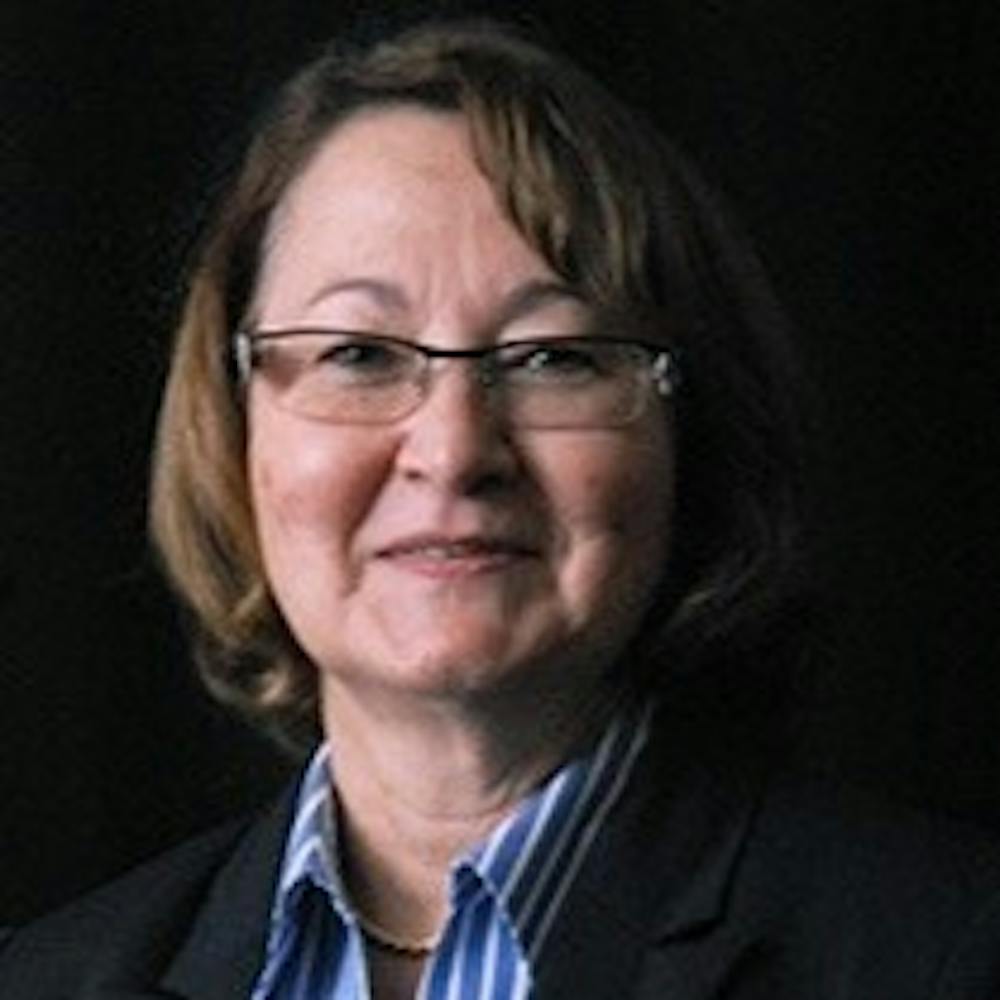Miki Ward Crawford is AppalAsian; her identity is not composed of two separate cultural halves, Appalachian and Asian, but rather, they combine to create her.
“Being half doesn't mean that you're just half this person,” Crawford, researcher and communication studies professor at Ohio University Southern, said.
Crawford was first introduced to the term “AppalAsian” by her colleague and longtime friend, Kim Keffer. Before the two worked at OU together, Crawford and Keffer were roommates while they earned their Ph.Ds. Having interacted with Crawford in a number of contexts, Keffer has seen how Crawford embodies both cultures in her actions and attitude.
“When we were talking about her ethnicity and the blended culture, I remember saying something to her, laughing and saying, ‘You know, you're an AppalAsian … you bring your Asian culture with you, but your father and his family were very much Appalachian,’” Keffer, professor at OU Southern, said.
Crawford can trace the roots of her father’s side of the family, the Wards, back to the early 1600s, when the first Ward came to America. She even has relatives that fought in the American Revolutionary War. However, Crawford sees her own family history beginning when her father, an American serviceman, met her mother, a Japanese woman, in Occupied Japan.
The two fell in love but were not able to be wed officially due to laws preventing biracial marriages. In Japan, they also had their first child — Crawford’s brother.
When the family came to the U.S., acceptance seemed difficult to find at times. The first example of this occurred in the immigration process.
“My mother and my brother actually came over in 1950, through an act of Congress,” Crawford said. “At that time, Asians were not allowed in the United States due to a 1924 act.”
Once they were in the U.S., some struggles with acceptance continued. As Crawford’s brother began school, his mother would watch him at recess from their house to make sure the other kids were getting along with him.
“She just worried whether or not he would be mistreated, and so she would try to find him on the playground to see if he was interacting with the other kids,” Crawford said. “And I know that that had to be somewhat terrifying for mom to try to have her children accepted.”
However, Crawford’s family found support in their community, too.
“When my mom moved into South Point, there were two ladies who came to visit her and said, ‘We're going to teach you how to shop,’” Crawford said. “‘We're going to help you.’”
The town they lived in, South Point, Ohio, was primarily white.
“We probably were the only biracial family in South Point at that time,” Crawford said. “And I think the only reason that we were accepted was because there was no us versus them.”
This lack of diversity in the town left Crawford without forums through which she could explore her identity. It was not until she began college that Crawford started to learn more about and embrace her biracial identity.
Crawford did not stop learning about Japanese culture and history after college, though. As a daughter of a Japanese war bride, Crawford was inspired to research the topic. In partnership with two other OU Southern faculty, Crawford assisted in the making of a documentary, Giving Voice, which told the stories of a number of Japanese war brides. She also co-authored a book, Japanese War Brides in America: An Oral History.
“I wanted to be able to share their stories through publications and documentaries,” Crawford said. “And that's been very fulfilling for me.”
Recently, Crawford discussed her research, life and biracial identity during a virtual presentation, “I Am… An AppalAsian,” in partnership with OU Southern. OU Southern has hosted a number of “I Am…” speakers over the past few years to foster conversations and bridge divisions.
“It was conceived from this quote of Dr. Martin Luther King Jr.'s: ‘I am convinced that men hate each other because they fear each other,’” Robert Pleasant, associate director of student resource commons at OU Southern, said during Crawford’s presentation. “‘They fear each other because they don't know each other, and they don't know each other because they don't communicate with each other, and they don't communicate with each other because they are separated from each other.’”
Crawford sees education and conversation as a powerful tool in eliminating discriminatory attitudes to biracial and Asian people. This education remains especially important today; Crawford knows work still needs to be done in America’s acceptance of its Asian and biracial residents.
“It pains me that I thought that we were maybe going backwards, at some points, in acceptance,” Crawford said. “When I heard words like ‘The kung flu’ or ‘The China virus,’ I wondered how biracial children in America who were Chinese may have felt at that point.”
Education was also the tool that helped Crawford to feel acceptance of her AppalAsian identity. Her journey as an AppalAsian was long, but it is not yet over.
“Today, I've come to grips with my identity and can identify with being biracial immediately, if needed or wanted,” Crawford said. “It was a process, and I'm still work in progress, as we all are. Identity isn’t something that's fixed in place. Identity is something that changes with time.”






